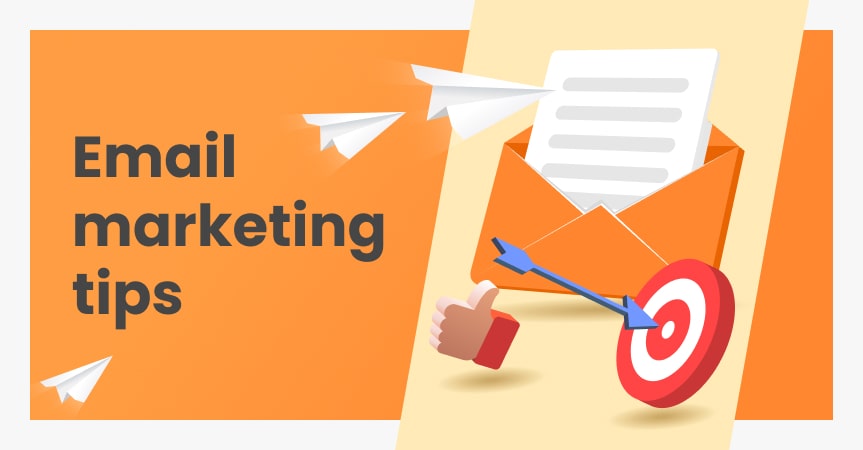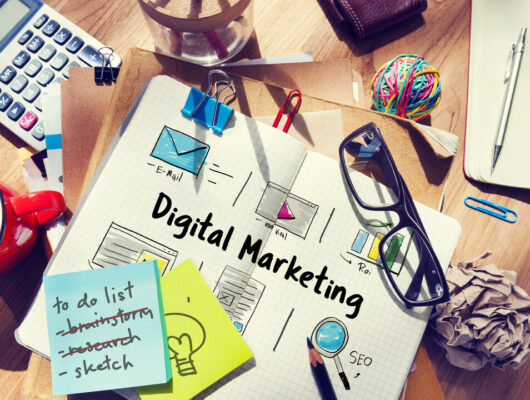Email marketing remains a potent and versatile tool for businesses and organizations looking to reach their audience, build relationships, and drive results.
However, success in email marketing hinges on more than just sending messages to an email list.
To truly engage your subscribers and achieve your marketing goals, you need to implement effective email campaigns.
In this article, we’ll explore the key strategies and best practices that can help you create and run successful email campaigns.
Understanding Email Campaigns
An email campaign is a coordinated series of email messages sent to a specific audience with a predefined goal in mind.
These campaigns can be used for a wide range of purposes, including promoting products or services, nurturing leads, educating subscribers, or even simply staying in touch with your audience. The success of an email campaign relies on several crucial elements and strategies.
Define Clear Objectives
Before launching any email campaign, it’s essential to define your objectives. What do you aim to achieve with this campaign?
Common goals for email campaigns include increasing sales, boosting website traffic, growing your subscriber list, or fostering customer loyalty. Setting clear objectives will guide your campaign’s content and design.
Know Your Audience
Understanding your audience is key to crafting effective email campaigns. Segment your email list based on demographics, behaviors, and preferences.
Tailor your messages to each segment to ensure that your content resonates with the recipients.
Craft Compelling Content
The content of your emails should be engaging, informative, and relevant to your audience. Use persuasive language and visuals, but be concise.
Make sure your subject lines are attention-grabbing, and your call-to-action buttons are clear and compelling.
Personalization Matters
Personalization is a potent tool in email marketing. Address your subscribers by their name, recommend products or services based on their past interactions, and create content that feels like it’s crafted just for them. Personalized emails tend to have higher open and click-through rates.
Timing and Frequency
Pay attention to the timing of your emails. Consider your audience’s time zone and when they’re most likely to check their inbox.
Avoid overwhelming your subscribers with too many emails; strike a balance that keeps your brand top-of-mind without becoming intrusive.
A/B Testing
A/B testing involves sending two variations of an email to a small subset of your audience to determine which one performs better. Test different subject lines, content, and visuals to refine your emails over time.
Mobile Responsiveness
In an era where a significant portion of emails are opened on mobile devices, it’s crucial that your emails are mobile-responsive. Ensure that your emails are easy to read and navigate on smartphones and tablets.
Monitor and Analyze
Track key metrics like open rates, click-through rates, conversion rates, and unsubscribe rates.
Analyze the data to understand what’s working and what needs improvement. Use this information to refine your future email campaigns.
Automation
Consider using email automation to send personalized, event-triggered messages. This can include welcome emails for new subscribers, birthday discounts, or cart abandonment reminders. Automation streamlines the process and ensures timely communication.
Compliance and Consent
Always follow email marketing regulations like the CAN-SPAM Act. Ensure you have consent to send emails to your subscribers and provide an easy way for them to unsubscribe.
Testing and Optimization
Don’t be afraid to experiment and optimize your email campaigns. Test different elements, and be open to adjusting your strategy based on the results.
Use Engaging Visuals
Visual content, such as images and videos, can make your emails more engaging. Use visuals that are relevant to your message and enhance the overall user experience.
In conclusion, effective email campaigns are a cornerstone of successful email marketing.
By setting clear objectives, understanding your audience, creating compelling content, and continually optimizing your strategy, you can harness the power of email marketing to achieve your marketing goals.
Whether you’re looking to increase sales, build brand loyalty, or simply provide valuable content to your audience, implementing these strategies will help you run effective email campaigns that drive results.






